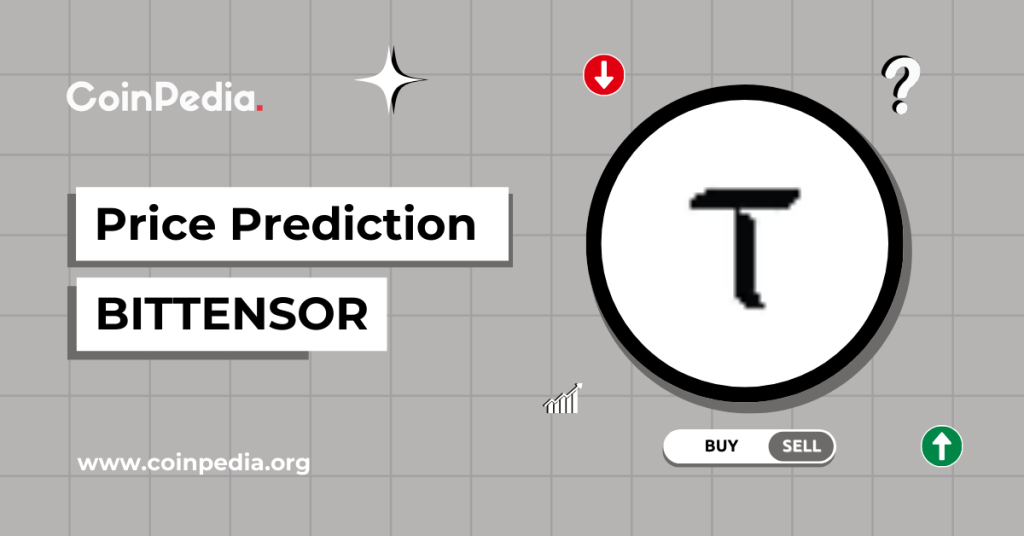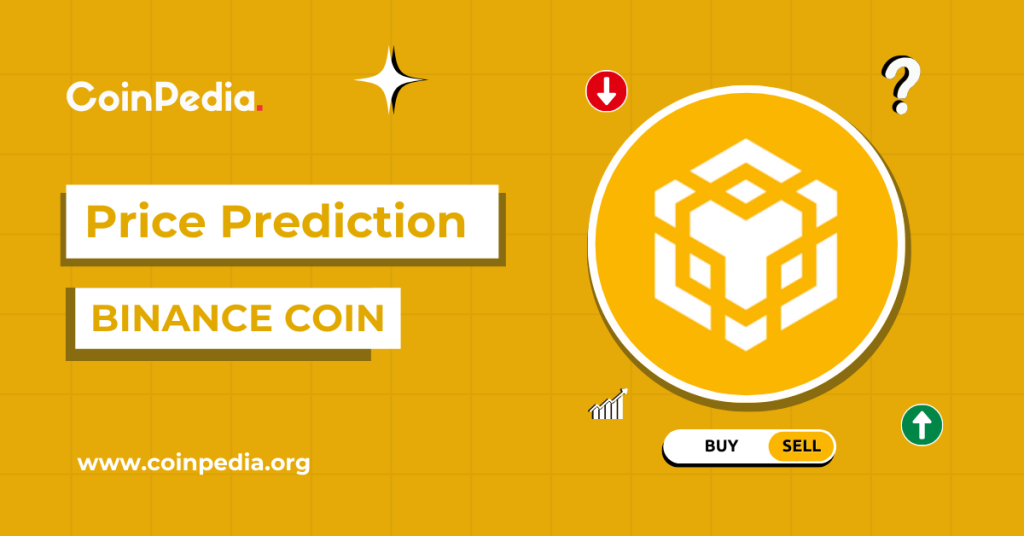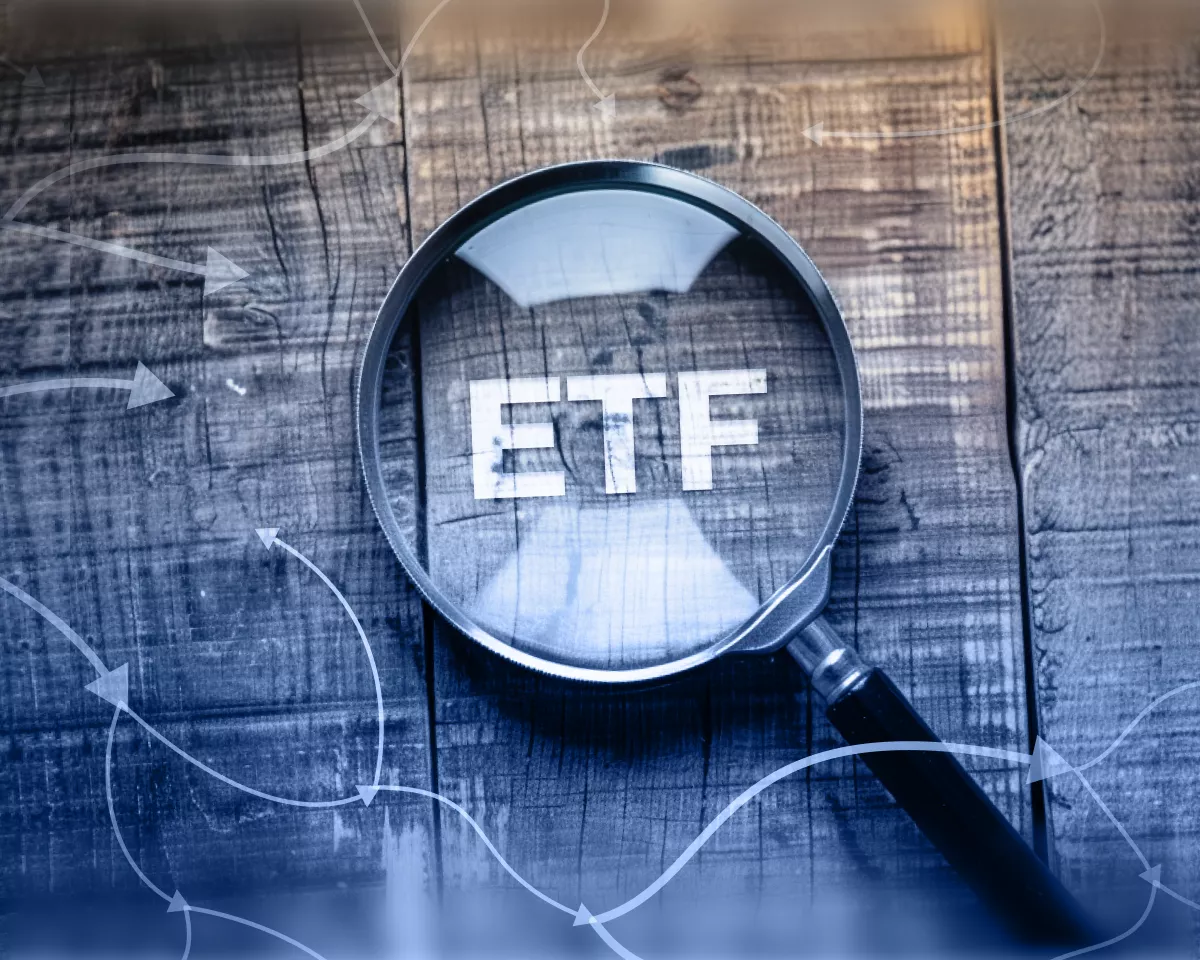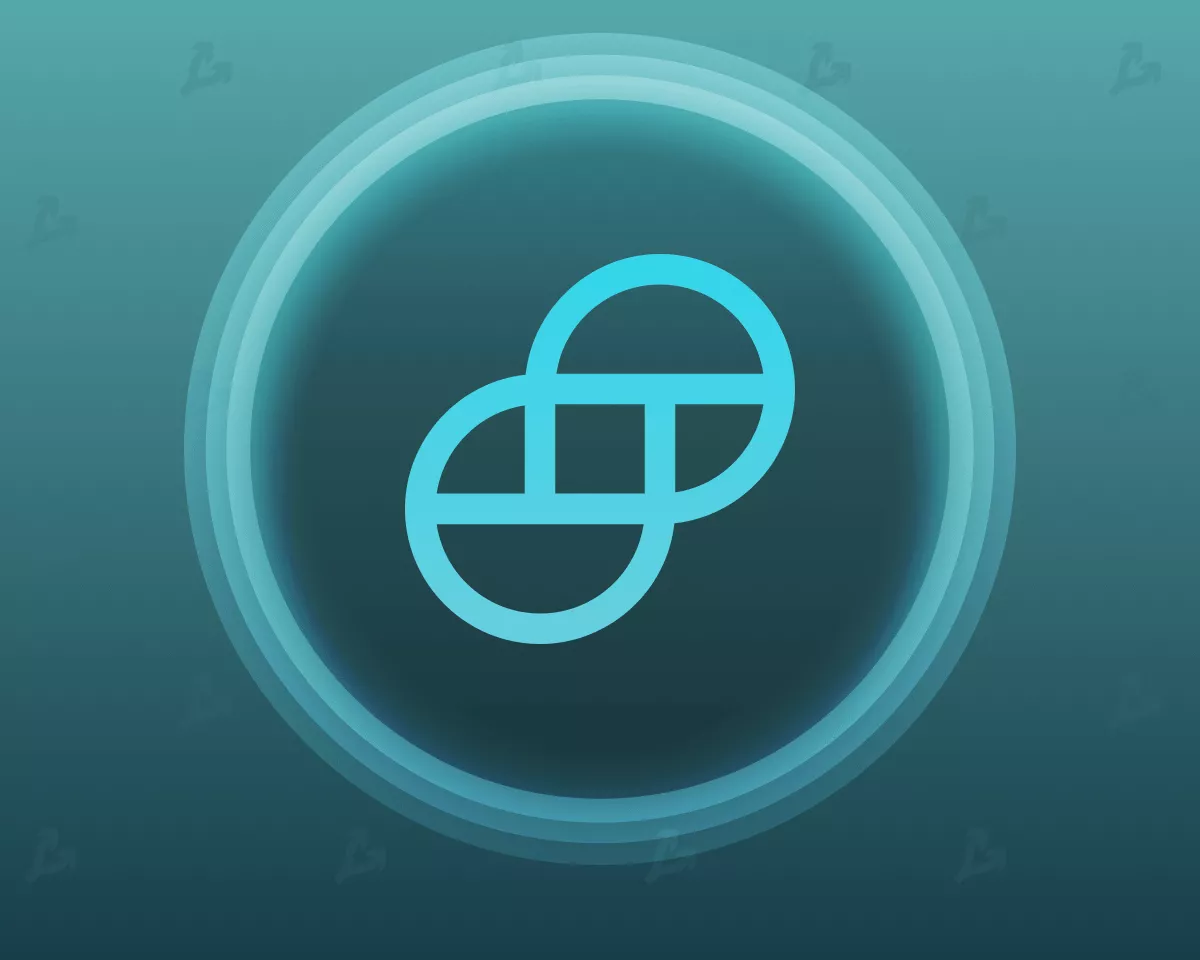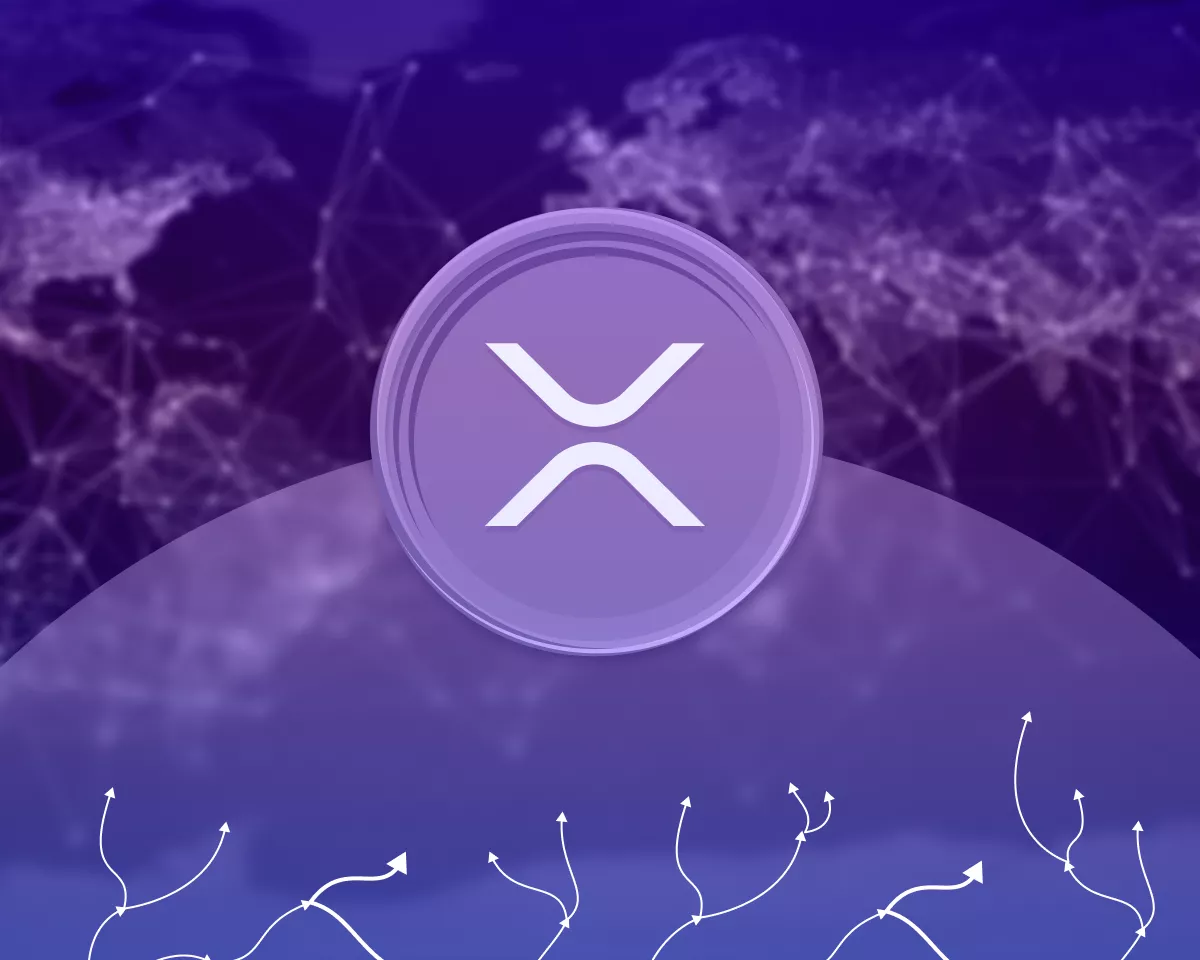USDC, USDT, BUSD, PAX, TrueUSD, and DAI are all examples of stablecoins that have recently gained popularity. They have an issue with price stability and liquidity (particularly decentralized stablecoins). When MakerDAO reduced its stability charge to 5.5 percent, many customers of Compound (which had an interest rate of 11 percent at the time) decided to stay because they had taken out a loan in DAI and changing DAI to USDC is a costly procedure. At the same time, many DeFi users are eager to lend their stablecoins in exchange for a 5% APR, which is far higher than what traditional banking gives. Users would be hesitant to provide the same money to trading firms that guarantee profits. Curve Finance addresses the issue of lack of liquidity while trading Stablecoins and high costs. Introduction Curve Finance uses liquidity pools and bonding curves to enable high-efficiency stablecoin trading and low-risk rewards for liquidity providers. When trading from one stablecoin to another on Curve, customers are not vulnerable to the price slippage on DEXs. Curve, unlike Uniswap, lends assets on Compound when they aren’t being traded and pays liquidity providers interest on those loans. Curve was created as an alternative to trading stablecoins on general-purpose DEXes like Uniswap, which have algorithms that aren’t designed for such transactions. Curve’s debut resulted in increased liquidity and more competitive prices for stablecoins...
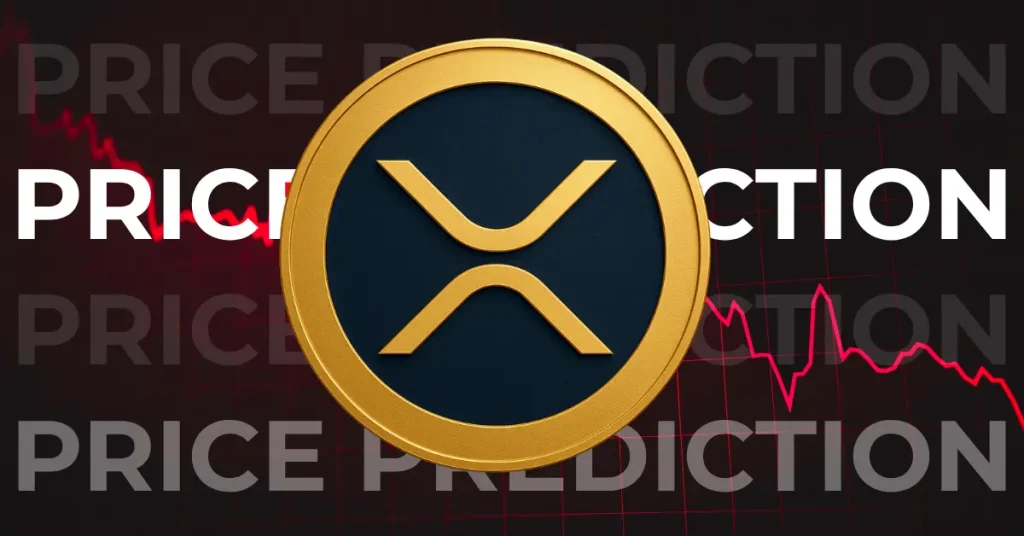 Will XRP Price Hit $5 in 2025?
Will XRP Price Hit $5 in 2025?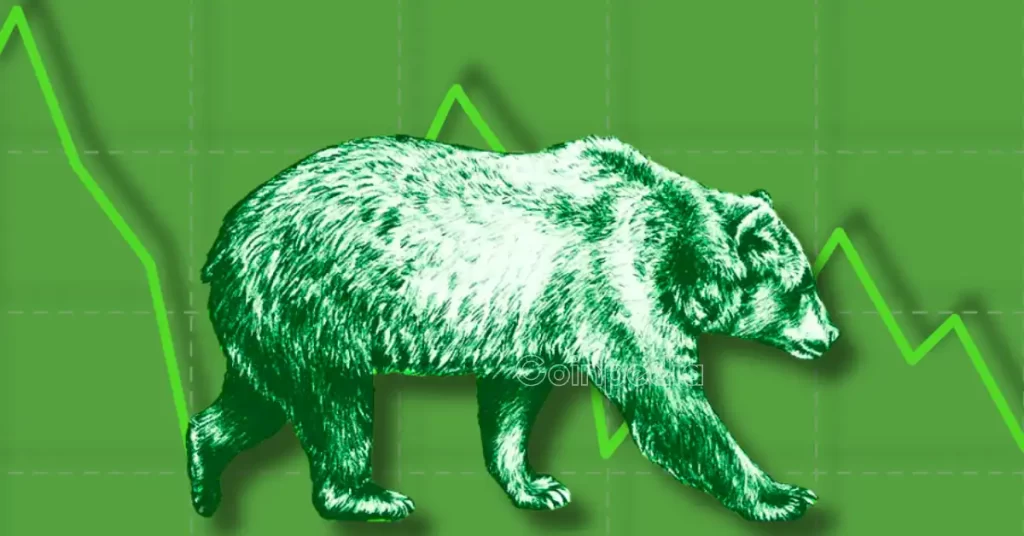 13 Reasons Why Polkadot Is Dead
13 Reasons Why Polkadot Is Dead



